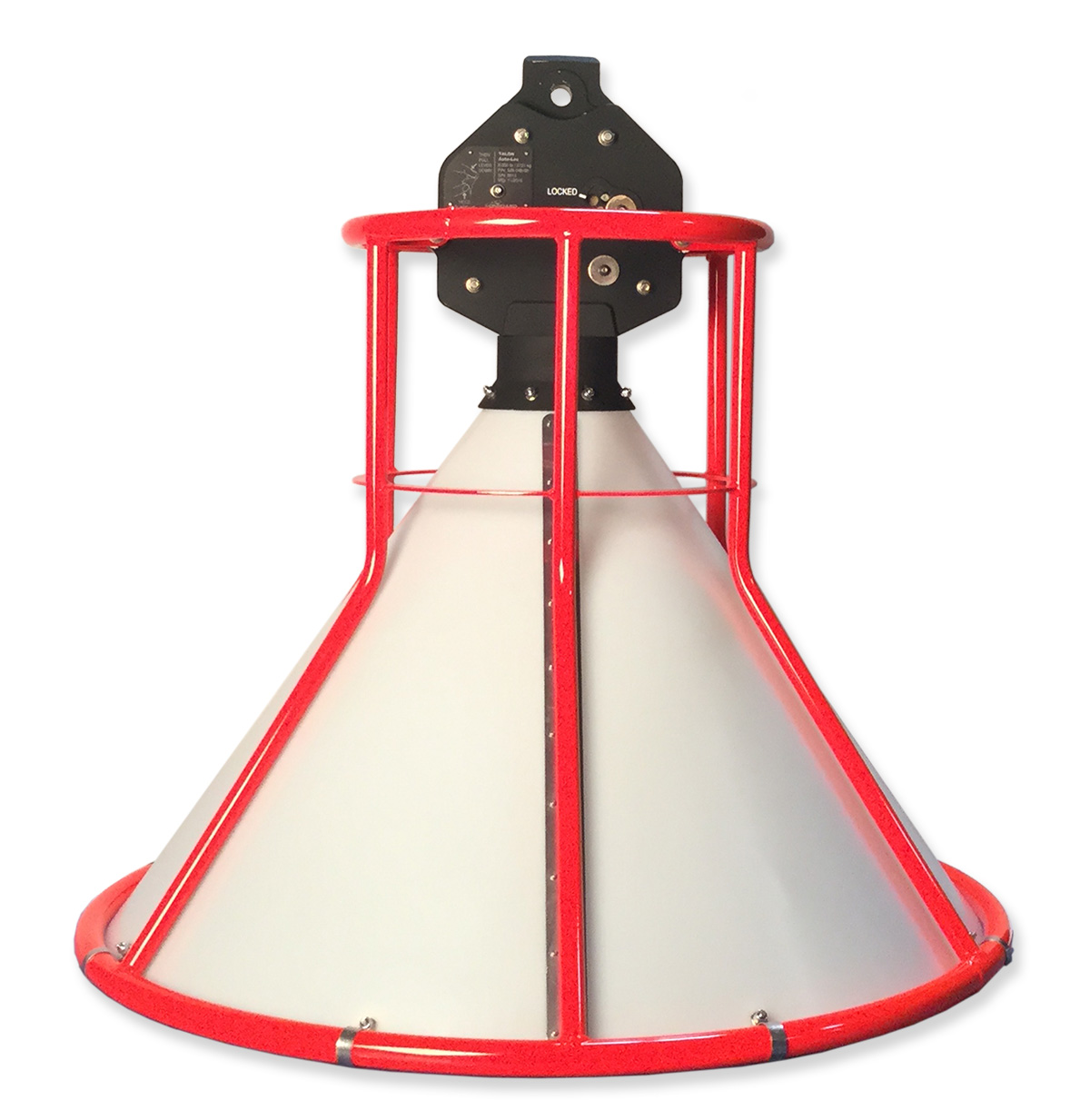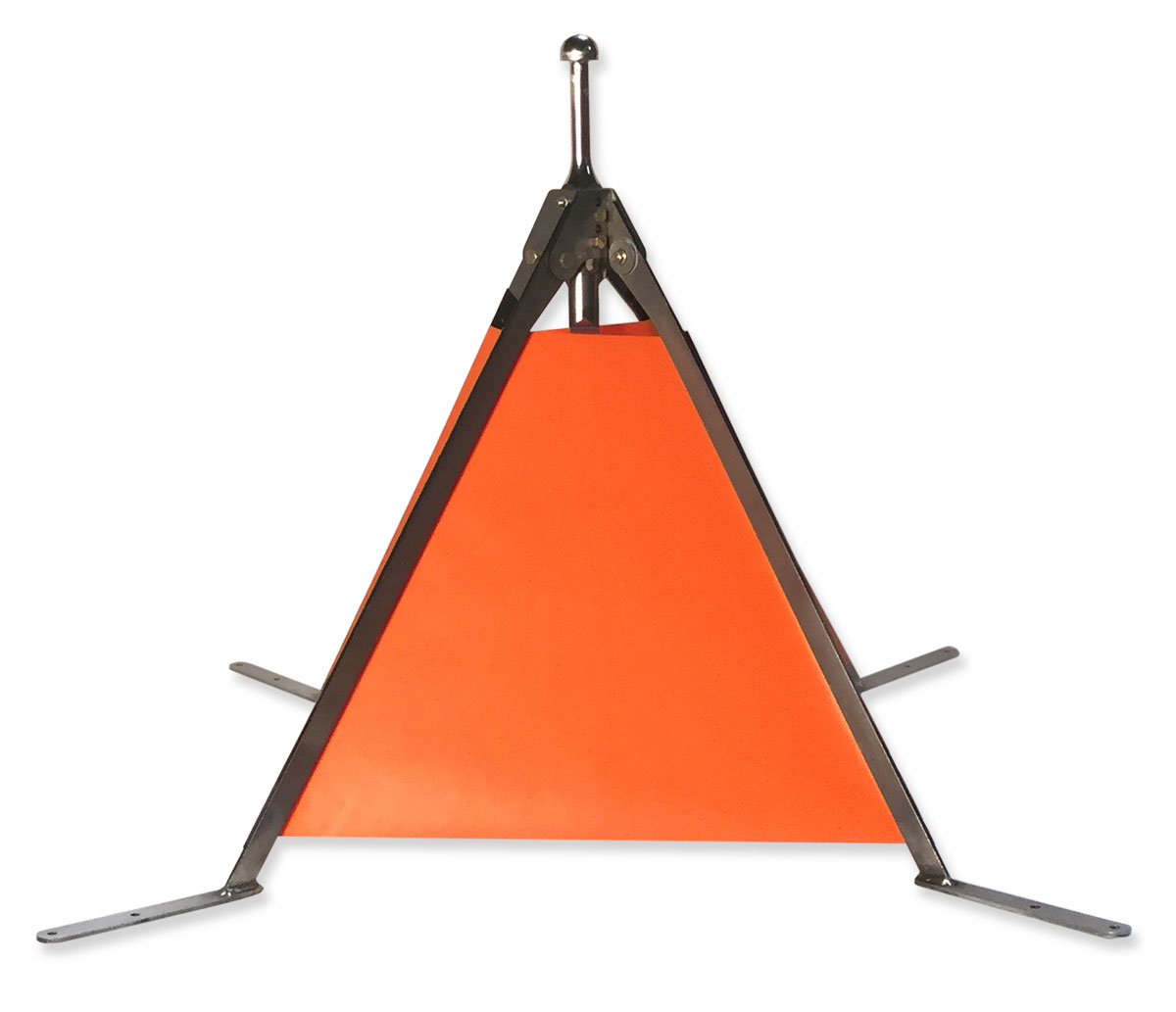Onboard Systems Approaches Final Production Milestone for its New TALON Auto-Loc Cargo Hook System
Tuesday, December 1, 2015

 Onboard Systems today announced that its latest remote cargo hook, the TALON® Auto-Loc Cargo Hook System, has completed prototype testing and is moving into production. Onboard will be demoing the new system at the 2016 HAI Heli-Expo Show in Louisville, Kentucky, using an interactive display.
Onboard Systems today announced that its latest remote cargo hook, the TALON® Auto-Loc Cargo Hook System, has completed prototype testing and is moving into production. Onboard will be demoing the new system at the 2016 HAI Heli-Expo Show in Louisville, Kentucky, using an interactive display.
Designed to enable helicopter pilots to pick up unattended loads, the TALON Auto-Loc Cargo Hook System consists of two components: an Auto-Loc cargo hook (which is suspended from the belly of the helicopter on a longline) and a target (which is attached to a pre-rigged load). The helicopter pilot slings the Auto-Loc cargo hook down onto the target to automatically lock the pair together, then lifts the load for transport. The pilot can release the load by either setting it down on the ground or releasing it in air. No ground crew needs to be present during the loading/unloading operations.
“We started this project in response to customer requests for a cargo retrieval system that would allow helicopter pilots to pick up pre-rigged, unattended loads,” said Karsten Lemmon, Vice President of Sales and Marketing for Onboard Systems. “We surveyed our customer base in our newsletter, The Hook, to make sure that we understood exactly what they wanted so we could develop the safest, most user-friendly system possible to meet their needs.”
Feedback from the customer survey revealed that the TALON Auto-Loc system would need to be able to work with a wide variety of aircraft, supporting loads up to 6,000 LB (2,722 KG). In addition, customers wanted to give their pilots the ability to either set the load down on the ground or release loads while airborne. Finally, the total cost for the complete system would need to come in under $10,000 USD.
 Since the cargo hook component would be attached to a longline and suspended under the belly of an aircraft, it needed to be heavy enough to remain steady while lowering it down onto the target, but not too heavy for a single person to handle while attaching it to a longline on the ground. Onboard’s goal was to keep this component under 50-LB (22.7-KG), since the OSHA single man lift guidelines recommend that most people shouldn’t try to lift more than that by themselves.
Since the cargo hook component would be attached to a longline and suspended under the belly of an aircraft, it needed to be heavy enough to remain steady while lowering it down onto the target, but not too heavy for a single person to handle while attaching it to a longline on the ground. Onboard’s goal was to keep this component under 50-LB (22.7-KG), since the OSHA single man lift guidelines recommend that most people shouldn’t try to lift more than that by themselves.
The target component would need to be easy to spot from above and very stable, remaining upright even if the cargo hook cage bumps against it as the pilot maneuvers over the target latching device. Since the target would need to be pre-rigged to the cargo by the ground crew, it would also need to be as light and compact as possible, folding up for easy stowage, transport, and setup. Finally, the target’s hardpoint would need to quickly be attached to the load using a wide variety of shackles or rigging.
After an intensive period of development and testing, Onboard is delighted that the final production model of the TALON Auto-Loc Cargo Hook System will meet or exceed all of these requirements. The Auto-Loc Cargo Hook and cage component will weigh about 46 LB (20.9 KG) and cost about $7,500 USD. The folding target component weighs in at 15 LB (7KG), and will cost around $500 USD per unit. In addition, the new TALON Auto-Loc Cargo Hook includes Onboard’s new Surefire™ cargo release technology. The Surefire circuit requires a purposeful, half-second press against the remote hook release button to guard against inadvertent releases caused by accidentally brushing against the button during flight.
![]() “This is good news for those customers who wanted to be able to buy multiple target units so they could pre-rig several loads for unattended pickups,” said Lemmon. “And since the pilot can release the longline from the belly hook in an emergency situation, we felt that the addition of the Surefire circuit into the cargo hook would maximize load security for those customers who plan to use this system to lift expensive equipment like drills.”
“This is good news for those customers who wanted to be able to buy multiple target units so they could pre-rig several loads for unattended pickups,” said Lemmon. “And since the pilot can release the longline from the belly hook in an emergency situation, we felt that the addition of the Surefire circuit into the cargo hook would maximize load security for those customers who plan to use this system to lift expensive equipment like drills.”
Some of the most innovative features of the new TALON Auto-Loc System are in the target itself. The increased width-to-height ratio and unique legs provide incredible stability, while allowing for the entire piece to fold down like an umbrella. The brightly colored synthetic fabric on two of the side panels makes the target highly visible from above, but the open panels on the other side will make it easy to fasten the load to the hardpoint and help ensure that the attach line doesn’t get tangled up in the target. “It’s impressive to watch the testing footage and see how quickly the pilot is able to maneuver the cargo hook over the target and latch onto it, despite the strong rotor wash,” Lemmon added.
To help eliminate accidental releases caused by contact with branches, the hook has a dual actuation release lever that must be pinched together to pull open. But it's easy for a ground crew to open—even with gloves. The new TALON Auto-Loc Cargo Hook System will prove useful in a variety of situations. For example, if flying conditions aren’t favorable on a particular day, the ground crew can still rig up the loads and move onto their next project, and the helicopter can fly in at any time to pick up and move the cargo. It’s ideally suited for picking up loads in remote locations, such as drill equipment used for mining, and also has a lot of potential for working with unmanned helicopters and drones.
If you are interested in finding out more about this product, please visit the Onboard website and sign up for the TALON Auto-Loc Cargo Hook System email information list to receive pricing and availability updates.
# # #
More News

Bell 407 Kits are STC Certified
Onboard Systems has obtained FAA certification for its Bell 407 cargo hook kits featuring their Surefire release technology.
Repair Price List
Find out what your overhaul or repair will cost by downloading our "Repair Department Pricing" list.
Documentation Updates
Get the 411 about all the documentation updates and service bulletins that have taken place since the last issue.
Sling Load Operations
From the Transport Canada Flight Training Manual, reviews proper procedures for external load missions.
Wildland Fire Safety
Forest Service Fire and Aviation Management (USDA Forest Service Website)







